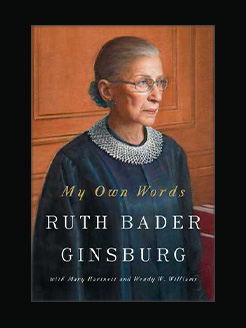Published in 1986
318 pages
Gerda Lerner was a historian, author and teacher. She was a professor emeritus of history at the University of Wisconsin–Madison and a visiting scholar at Duke University.
Lerner was one of the founders of the field of women’s history, and was a former president of the Organization of American Historians. She played a key role in the development of women’s history curricula. She taught what is considered to be the first women’s history course in the world at the New School for Social Research in 1963. She was also involved in the development of similar programs at Long Island University (1965–1967), at Sarah Lawrence College from 1968 to 1979 (where she established the nation’s first Women’s History graduate program), at Columbia University (where she was a co-founder of the Seminar on Women), and from 1980 until her retirement as Robinson Edwards Professor of History at the University of Wisconsin, Madison.
What is this book about?
A major new work by a leading historian and pioneer in women’s studies, The Creation of Patriarchy is a radical reconceptualization of Western civilization that makes gender central to its analysis. Gerda Lerner argues that male dominance over women is not “natural” or biological, but the product of an historical development begun in the second millennium B.C. in the Ancient Near East. As patriarchy as a system of organizing society was established historically, she contends, it can also be ended by the historical process.
Focusing on the contradiction between women’s central role in creating society and their marginality in the meaning-giving process of definition and interpretation, Lerner explores such fascinating questions as: What can account for women’s exclusion from the historical process? What could explain the long delay–more than 3,500 years–in women’s coming to consciousness of their own subordinate position? She goes back to the cultures of the earliest known civilizations–those of the ancient Near East–to discover the origins of the major gender metaphors of Western civilization. Using historical, literary, archaeological, and artistic evidence, she then traces the development of these ideas, symbols, and metaphors and their incorporation into Western civilization as the basis of patriarchal gender relations.







